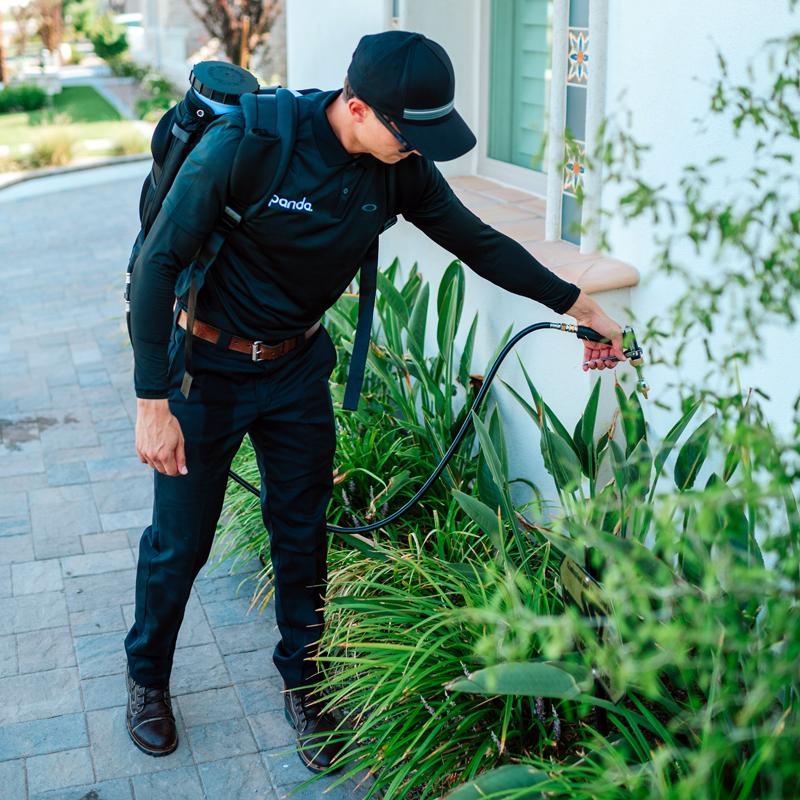You’ve spotted the signs – perhaps tiny droppings, damaged wood, or a line of ants marching across your kitchen counter. You’ve called the professionals, but they can’t come immediately to help you with pest removal. What now? Do you panic? Of course not!
This is what you do while waiting for pest control, so the situation doesn’t get worse.
First Response: Assessment and Documentation
Before taking action, understand what you’re dealing with:
- Identify the pest if possible – Different pests need different approaches. A scorpion requires different handling than silverfish or ants.
- Document the extent – Take photos and note where you’ve seen pests or signs of their activity. This helps you track if your temporary measures work and gives professionals valuable information.
- Find the source – Look for entry points, food sources, or water that might attract pests. Addressing these immediately can slow their spread.
- Prioritize living spaces – Focus your initial efforts on bedrooms, kitchens, and main living areas to make waiting more bearable.
Temporary Control Tactics for Common Pests
For Ant Infestations
Ants follow scent trails and report food sources back to their colony. Break this cycle with these steps:
- Clean thoroughly – Wipe surfaces with soapy water to eliminate scent trails. Pay special attention to areas where ants travel.
- Remove food access – Store all food in airtight containers. Even tiny crumbs can attract ants.
- Create barriers – Some household items like cinnamon, coffee grounds, or white vinegar can temporarily discourage ant pathways.
- Track to source – Follow ant trails backward to find entry points, then seal with caulk or tape temporarily.
- Use sticky traps – Place along walls and corners to catch scouts and workers.
For fire ants specifically, avoid disturbing mounds as they’ll become defensive and may relocate, making professional treatment harder later.
For Rodent Issues
Rodents can cause significant damage quickly. While waiting for professionals:
- Seal food sources – Store all food in hard plastic or glass containers with tight lids.
- Set up traps – Place in areas with visible droppings or along walls where they travel.
- Block entry points – Stuff steel wool into holes and gaps temporarily.
- Reduce attractants – Keep pet food put away and clean up bird seed around feeders.
- Remove clutter – Eliminate hiding spots by cleaning up piles of papers, boxes, or clothing.
Remember that roof rats are excellent climbers, so check upper areas of your home too.
For Scorpion Sightings
Scorpions require careful handling:
- Clear the perimeter – Move woodpiles, rocks, and debris away from your home’s foundation.
- Reduce humidity – Fix leaky faucets and pipes that create damp areas.
- Check bedding – Shake out sheets and check under mattresses before sleeping.
- Wear protective footwear – Always wear shoes, especially at night when scorpions are active.
- Use UV light – Scorpions glow under blacklight, making them easier to spot at night.
Arizona bark scorpions are particularly concerning because of their potent venom, so maintain extra caution if you suspect this species.
For Silverfish Problems
These moisture-loving pests damage paper and fabrics:
- Reduce humidity – Use fans and dehumidifiers in bathrooms and basements.
- Protect valuables – Place important books and documents in sealed plastic containers.
- Remove paper piles – Recycle stacks of newspapers and magazines, which provide both food and shelter.
- Vacuum thoroughly – Pay special attention to cracks, baseboards, and dark corners.
- Fix leaks – Address any dripping faucets or pipes that create damp environments.
For Mosquito Concerns
While waiting for professional treatment:
- Eliminate standing water – Empty planters, toys, or anything collecting rainwater every few days.
- Use fans – Mosquitoes are weak fliers, and fans can keep them away from patios and porches.
- Cover up – Wear long sleeves and pants during dawn and dusk when mosquitoes feed most actively.
- Repair screens – Patch holes in window and door screens to keep mosquitoes outside.
The Aedes Aegypti mosquito, carrier of several diseases, is particularly persistent and loves human environments, so these measures are especially important.
Preparing for Professional Treatment
Make the most of professional service by preparing properly. Professionals need clear access, so move furniture away from walls where needed. Pick up clutter so that technicians can easily spot problems, and list down problem areas so they can focus attention to where pest infestations may be or are happening.
You can also help by asking questions ahead of time to see if you need to prepare your home in specific ways and have a plan to keep pets safe during treatment.
The Importance of Patience
Some infestations, particularly those involving ants or scorpions, take time to fully resolve. Multiple life cycles may need to be interrupted before you see complete results. Your temporary control measures combined with professional treatment create a comprehensive approach.
Final Thoughts
With the right approach and help from a pest control company, you can take back control of your home environment, limit damage, and set the stage for successful professional treatment. The key is responding quickly with appropriate measures targeted to your specific pest situation.



